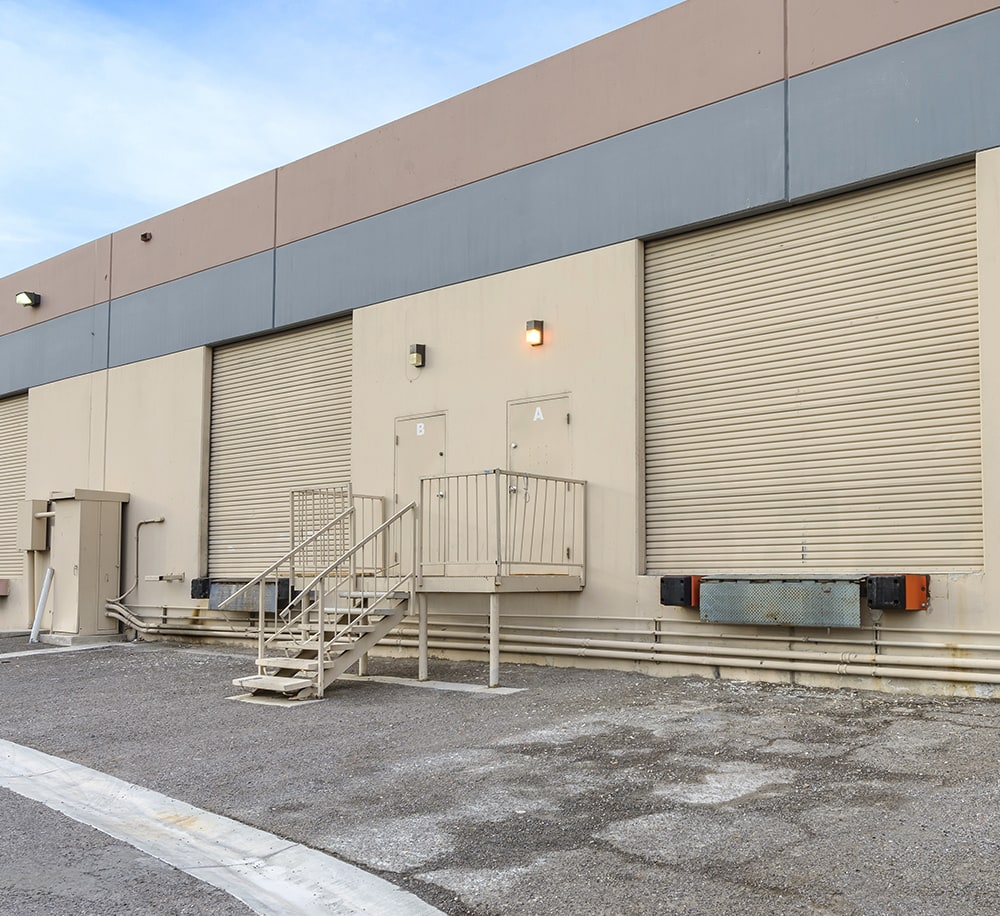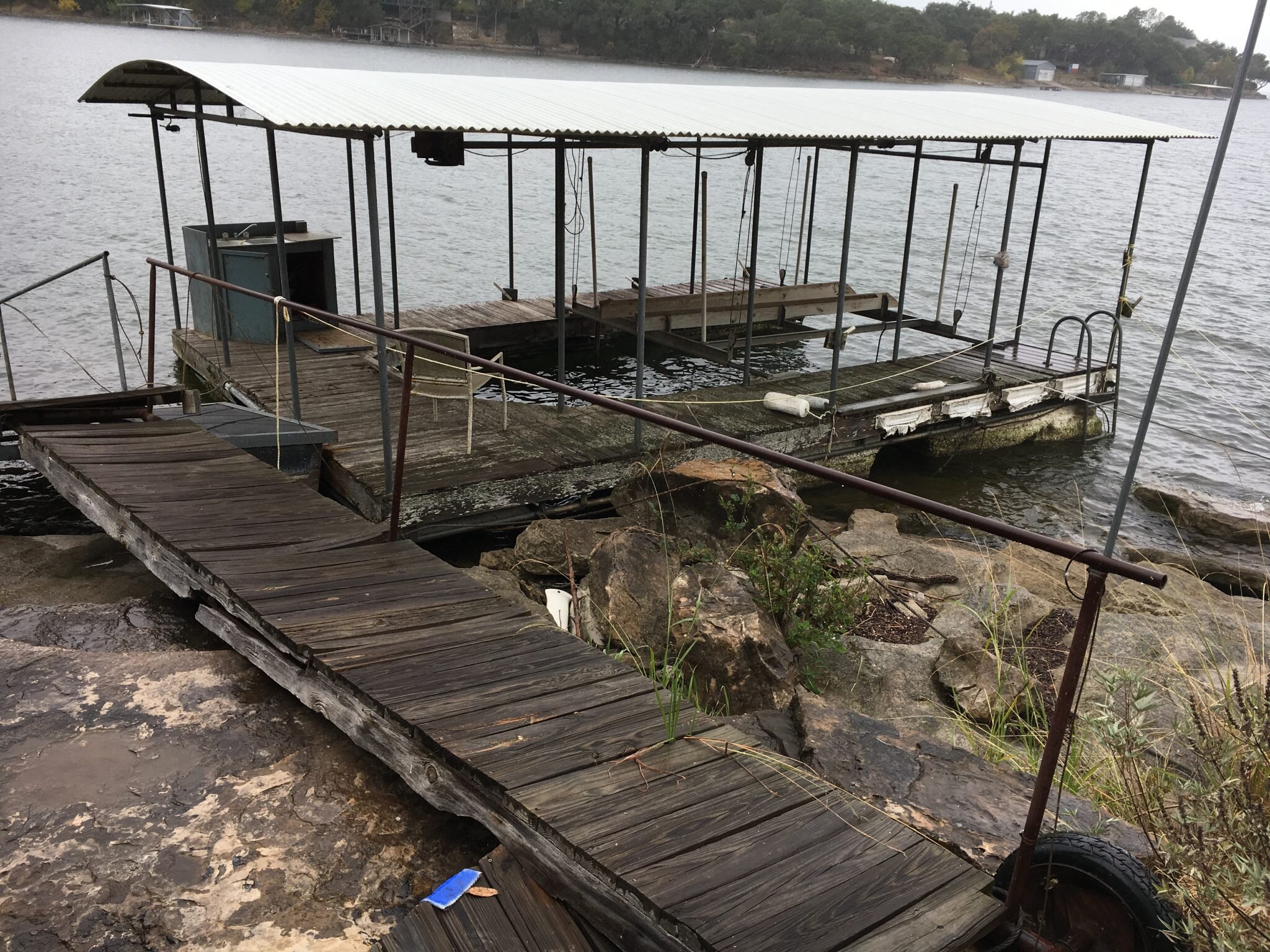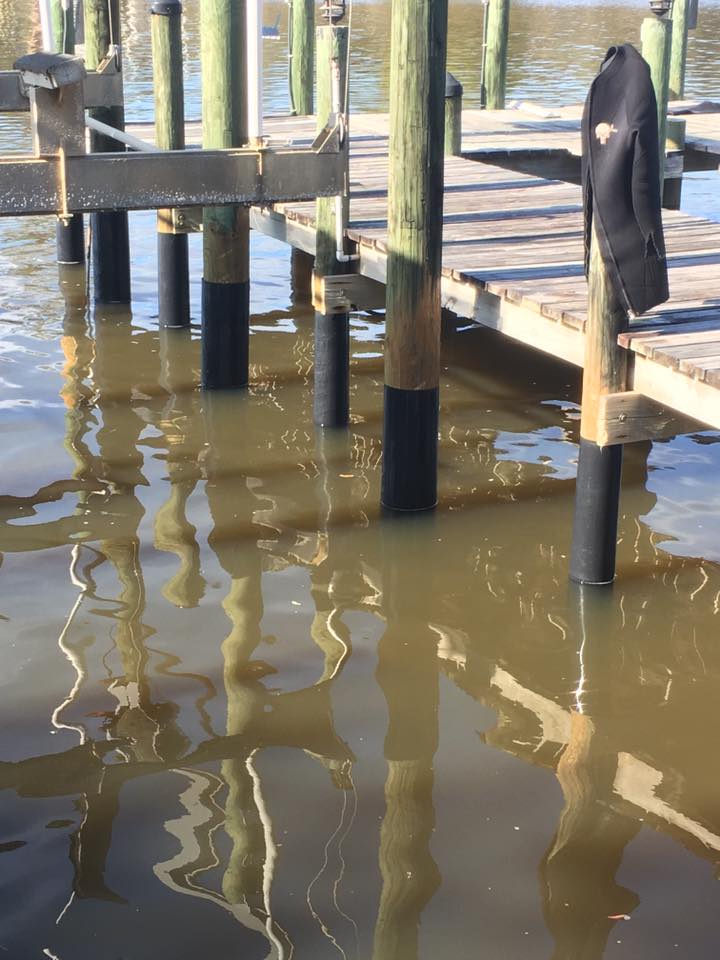Effective Dock Repair Work Techniques: Making Certain Structural Integrity
Making sure the structural honesty of anchors via reliable fixing techniques is paramount for the longevity and security of marine facilities. Subsequently, choosing the ideal repair work products, such as composite products and corrosion-resistant alloys, is critical for longevity.
Evaluating Dock Damage
Analyzing dock damage is a crucial very first action in making sure the structural honesty and safety and security of any docking center. Secret facets to take a look at include the dock's foundation, pilings, decking, and equipment (Dock Repairs).
Structural engineers or qualified examiners commonly execute these evaluations utilizing specialized techniques and devices. As an example, undersea inspections might employ sonar tools or from another location ran automobiles (ROVs) to detect submerged damages. Above water, aesthetic assessments are enhanced by using wetness meters and various other diagnostic devices to discover underlying issues not quickly noticeable to the nude eye.

Picking Repair Service Materials
Selecting the appropriate repair service products is an essential action in the dock restoration process, one that straight affects the long life and performance of the fixed structure. Material option should be driven by variables such as ecological conditions, load-bearing needs, and compatibility with existing dock elements.
In enhancement to wood, composite materials are progressively prominent as a result of their toughness and low upkeep demands. Composites, commonly made from a mix of plastic and timber fibers, use exceptional resistance to rot, bugs, and UV damage. For metal docks, choosing corrosion-resistant alloys such as galvanized steel or marine-grade aluminum is essential to stop rust and ensure architectural stability in saline water conditions.
Epoxy resins and marine-grade sealers are essential for repairing splits and sealing joints, supplying a water resistant barrier and enhancing the dock's overall stamina. By diligently picking high-grade products, dock fixings can attain lasting results, thereby guarding against future degradation and guaranteeing risk-free, trustworthy usage.
Structural Support Techniques
Efficient architectural support strategies are vital in ensuring the stability and durability of dock repair work. This method is particularly reliable for docks revealed to hefty lots or harsh environmental conditions.
One more necessary strategy is the application of fiber-reinforced polymers (FRP) These materials use high strength-to-weight proportions and outstanding resistance to corrosion, making them excellent for reinforcing wood or concrete anchors. FRP can be used in sheets or strips and bonded with epoxy resins to improve architectural integrity.
Supporting and anchoring systems likewise play a vital role in architectural reinforcement. Cross-bracing, using steel or wood beams, can counteract lateral forces, reducing swaying and activity. Anchoring systems, such as helical piers or driven piles, provide a secure foundation by transferring loads to deeper, a lot more secure soil layers.
Last but not least, the combination of load-distribution plates can aid distribute weight much more uniformly throughout the dock's surface, minimizing local stress points. These methods collectively guarantee that docks remain secure and durable, with the ability of enduring the roughness of their functional setting.
Advanced Repair Service Approaches

An additional advanced technique includes undersea welding, which enables fixings to be performed without the need to dewater the area. This approach is particularly helpful for attending to structural issues in immersed dock elements, guaranteeing very little disruption to operations. Improved welding techniques, paired with robotic systems, deliver precision and integrity, thus extending the lifespan of the dock.
In addition, cathodic security systems are executed to protect against corrosion in metallic dock frameworks. By utilizing sacrificial anodes or impressed current systems, these strategies properly mitigate the electrochemical processes that bring about material degeneration.
Finally, advanced tracking innovations, such as structural wellness surveillance (SHM) systems, give real-time information on the condition of dock structures. These systems make it possible for positive maintenance and timely treatments, inevitably making certain the long-term structural integrity of the dock.
Maintenance and Avoidance
Maintenance and avoidance are fundamental principles that underpin the durability and safety and security of dock structures. Regular evaluations are critical, permitting very early detection of deterioration, potential weak points, and ecological influences. An aggressive approach, entailing routine look for rust, rot, and architectural changes, mitigates expensive repair work and prolongs the dock's functional life.
Preventive procedures ought to consist of applying protective coverings to steel parts to protect against rust and using treated wood to withstand decay. Furthermore, guaranteeing proper drainage and ventilation can protect against water buildup, which is a typical root cause of architectural destruction. Incorporating quality products and sticking to maker standards during building and construction and repair work phases likewise play critical functions in improving toughness.

Educating employees in dock maintenance finest methods guarantees consistent application of precautionary actions. Leveraging technical advances, such as drones for assessments and sensing units for real-time tracking, can better improve upkeep efforts. By prioritizing upkeep and prevention, dock owners can make certain architectural stability, functional safety and security, here and economical monitoring over the dock's lifespan.
Final Thought
To conclude, preserving the architectural honesty of aquatic facilities requires thorough dock repair work strategies. Comprehensive examinations making use of innovative devices reveal both noticeable and concealed damages, while the option of ideal fixing products enhances resilience. Carrying out structural support techniques addresses stress and anxiety factors efficiently. Advanced repair work strategies, paired with normal maintenance techniques, make certain the dock stays safe and operational under diverse environmental problems. Embracing these approaches dramatically prolongs the life-span and functionality of marine infrastructure.
Ensuring the structural stability of anchors with reliable repair service strategies is extremely important for the durability and safety and security of aquatic centers.Selecting the appropriate best site repair work products is an essential step in the dock restoration procedure, one that straight influences the long life and performance of the fixed framework.Reliable structural support methods are crucial in making sure the stability and long life of dock repair services. By focusing on upkeep and prevention, dock proprietors can guarantee structural stability, operational safety and security, and affordable monitoring over the dock's lifespan.
In verdict, preserving the architectural integrity of aquatic facilities requires detailed dock repair work techniques.